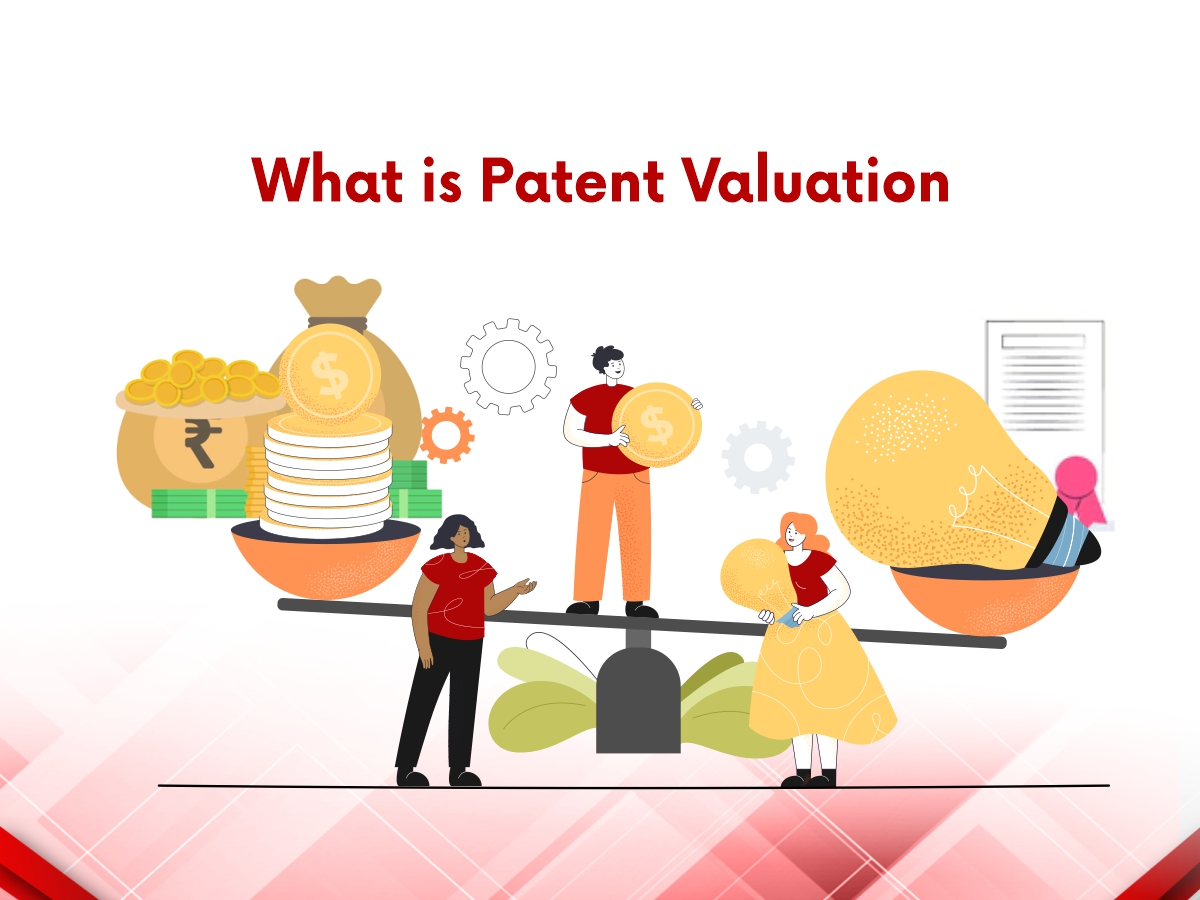Subscribe our newsletter
Please Subscribe our news letter and get update.

Patent valuation is a process of calculating the actual market value of patent or a patent portfolio. Patent holders and firms must conduct a complete patent valuation before possession, merger, sale or licensing of patents.
Conducting a patent valuation is very important especially before applying for a patent. Attempting a patent valuation can be a hard task but at the same time, it is an essential part of the expansion of your business.
Once you did the successful patent valuation, it is easy for you to make the right decisions in patenting inventions and also speculate on how much revenue you will be able to make through product
Below are the methods of how you can value your patent.
In cost method value is calculated by the basis of cost spent on the development of the patent.
In the income method, the patent’s value will be calculated by the total amount of money being transferred into and out of business
Therefore, when using the income method, the amount determined will be the value of the patent which can be split into revenue made by the invention through sell and royalty.
Using the market method, you will have to look at what a conceivable consumer would pay for the same product or service. Therefore, you can determine a patent valuation by considering the analysis of value based on this assumption.
This technique does not only depend on purely monetary logical data. It performs through the research of different indicators by estimating the rating of patent rights.
Generally, the qualitative method is implemented through questionnaires. Some examples of questions that likely to be asked during this method are:
Please Subscribe our news letter and get update.
© Copyright 2024 – Wissen Research All Rights Reserved.